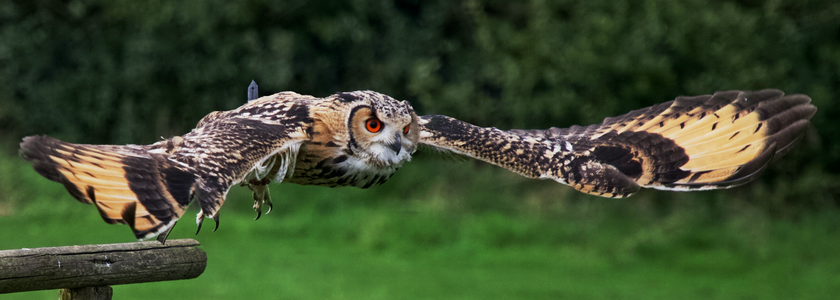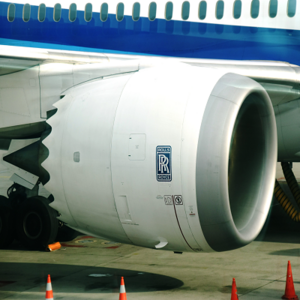

Silent Flight Designed by Nature
Sometimes Mother Nature is simply the best engineer, and it’s only through learning from natural designs that human engineers can overcome design challenges. Take for instance the nearly silent flight of nocturnal owls. Their very quiet flight, around 18 dB quieter than other types of birds at similar speeds, enables them to swoop in and catch their prey by surprise. It is this natural noise reduction that a group of Chinese researchers are investigating in the hope of reducing noise pollution produced by man-made airfoils.
As the design of rotating airfoils has steadily improved, engineers have discovered a bottleneck when it comes to reducing noise pollution. From wind turbines to drone and airplane propellers, reducing such noise, especially over populated urban areas, is the main goal. The main source of the noise produced by these airfoils comes from trailing-edge noise. As air passes along the upper and lower surfaces of an airfoil, it generates tiny turbulent eddies. When these eddies pass the trailing (rear) edge of the airfoil, the eddies scatter and create noise.
Previously it was found that creating an airfoil with a serrated edge help to cut down on the noise produced, to a certain extent. However, the noise reduction was highly dependent on what particular type of airfoil was being designed.
Hoping for a more universal airfoil noise reduction, the researchers created their latest design with asymmetric serrations, reminiscent of the trailing edge fringe found in the wings of nocturnal owl species. Not only did this design further reduce the trailing-edge noise produced, by almost 4 dB compared to an airfoil with symmetric serrations, but also produced an increased amount of lift versus drag.









